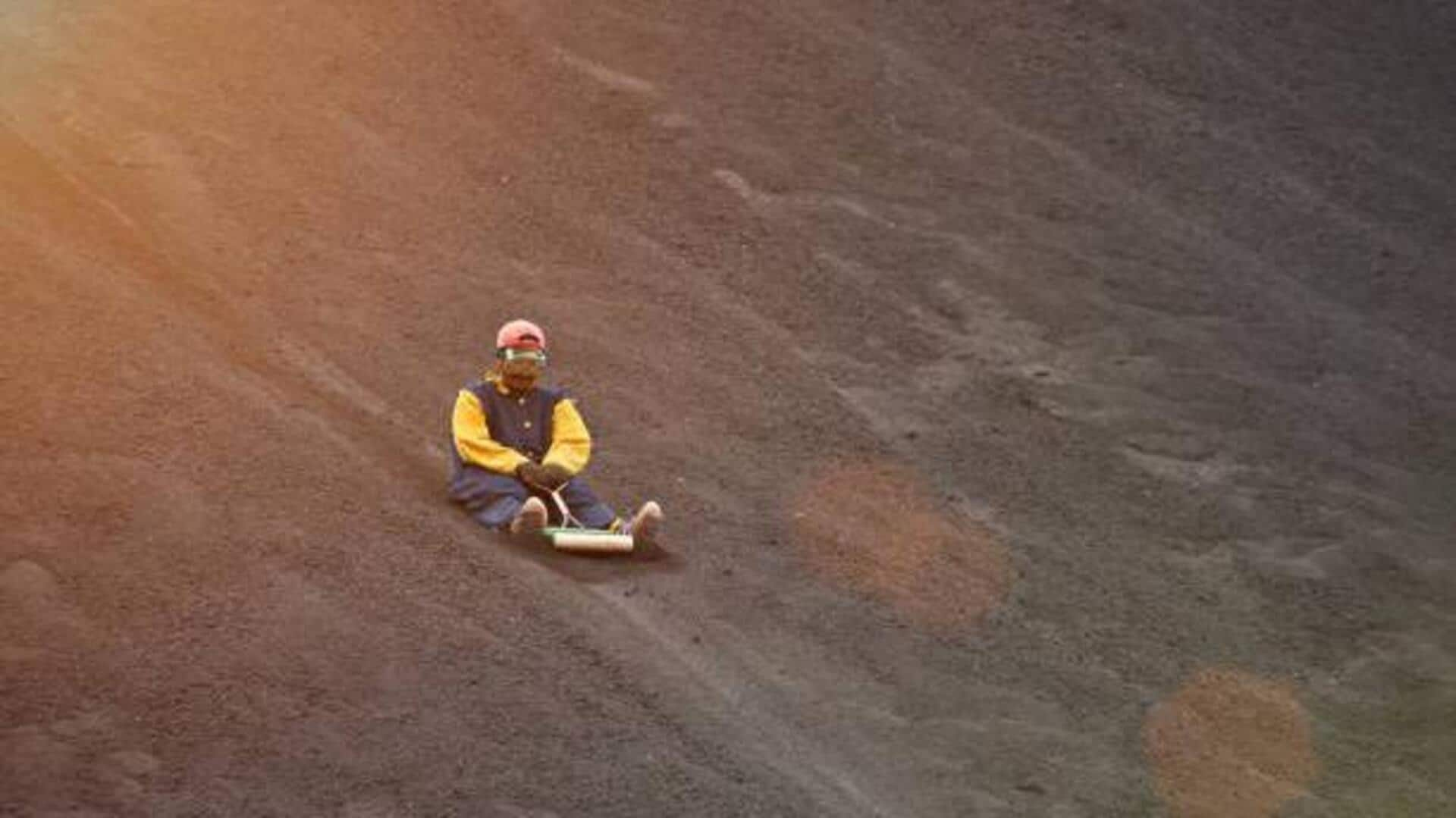
Volcano boarding in Africa: Top spots, tips, and more
What's the story
Volcano boarding is an extreme sport where you ride down volcanic slopes on a board. Africa's Rift Valley features some of the most thrilling terrains for this adventure. From steep descents to breathtaking views, the region offers an unforgettable experience for thrill-seekers. Here are the best spots in Africa's Rift Valley for volcano boarding, along with tips to make the most of your adventure.
#1
Mount Nyiragongo: A thrilling descent
Mount Nyiragongo in the Democratic Republic of Congo is famous for its active lava lake and steep slopes. The descent here can be as steep as 45 degrees, making it a favorite among experienced boarders. The journey to the summit offers stunning views of the surrounding landscape, while the descent promises an adrenaline-pumping ride down volcanic ash and rock.
#2
Mount Ol Doinyo Lengai: Unique challenges
Known as "the Mountain of God" by local tribes, Mount Ol Doinyo Lengai in Tanzania is famous for its unique carbonatite lava. The boarders here will have to deal with different textures and temperatures on the slope. The ascent is also challenging due to its height of over 2,800 meters. However, those who make it to the top are rewarded with breathtaking views and an exhilarating ride down.
#3
Erta Ale: A remote adventure
Erta Ale in Ethiopia is one of Africa's most active volcanoes, with a lava lake at its summit. The remote location makes it difficult to reach but offers an unparalleled experience for adventurous souls willing to trek through harsh terrains. The descent involves navigating rocky paths and loose gravel, making it essential to have proper gear and experience before attempting this challenging route.
Tip 1
Tips for safe volcano boarding
Safety should always be your priority when going for volcano boarding adventures. Wear protective gear such as helmets, knee pads, elbow pads, and sturdy footwear to avoid injuries during falls or collisions on rough terrains. Carry enough water to stay hydrated, especially at high altitudes, where dehydration can occur quickly due to lower oxygen levels.